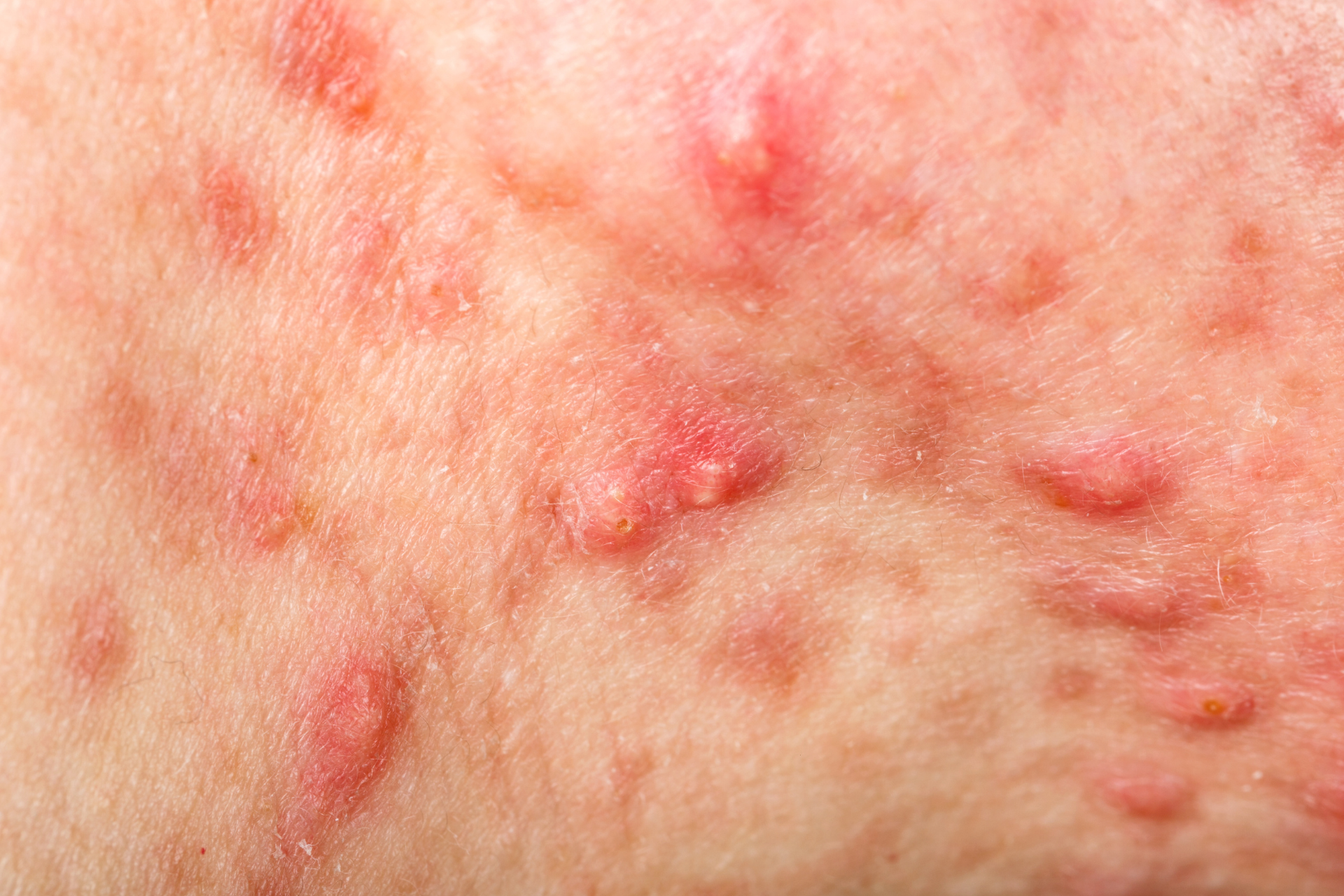How to Deal with Cystic Acne: A Dermatologist’s Perspective

Cystic acne, often considered the most severe form of acne, can be both physically and emotionally challenging to manage. At Fall Creek Skin and Health Clinic, we understand the toll cystic acne can take on individuals of all ages. Our dermatologists are committed to providing effective treatment strategies tailored to each patient's needs. Here’s how to deal with cystic acne from a dermatologist’s perspective.
Understanding Cystic Acne
Cystic acne occurs when clogged pores become inflamed, leading to painful, deep-seated cysts beneath the skin. It’s different from regular acne, as it often involves larger lesions and is more likely to cause scarring. Hormonal fluctuations, stress, and certain medications can trigger cystic acne. Identifying your triggers is the first step in managing this condition.
Professional Evaluation
Seeking professional help is crucial. At Fall Creek Skin and Health Clinic, our dermatologists will perform a thorough evaluation of your skin condition and medical history. By understanding your specific situation, we can develop a strategic treatment plan tailored to your unique needs. This may involve blood tests to check hormone levels or other underlying health issues.
Treatment Options
The treatment options for cystic acne may include a combination of the following:
1. Topical Treatments
Prescription creams containing retinoids or benzoyl peroxide can decrease inflammation and promote skin cell turnover. Our dermatologists will guide you in selecting the appropriate topical agent.
2. Oral Medications
For more severe cases, oral medications might be necessary. Antibiotics can reduce bacteria on the skin, while hormonal treatments (such as birth control pills) can regulate hormones and decrease acne flare-ups.
3. Isotretinoin
Often considered a last resort, isotretinoin can effectively treat severe cystic acne by reducing oil production, preventing clogged pores, and improving overall skin texture. Due to its potential side effects, this treatment requires careful supervision.
4. Cortisone Injections
For particularly painful cysts, cortisone injections can provide immediate relief. This treatment helps to reduce inflammation quickly and can minimize the risk of scarring.
5. Chemical Peels and Light Therapy
For ongoing management, treatments like chemical peels or blue light therapy can reduce acne lesions and improve skin appearance. These methods also help in preventing future outbreaks.
At-Home Care
While professional treatments are crucial, at-home care plays a vital role in managing cystic acne:
- Gentle Cleansing
Use a gentle, non-comedogenic cleanser twice daily. Avoid scrubbing your face harshly, as this can worsen inflammation.
- Moisturize
Even oily skin needs hydration. Opt for lightweight, non-comedogenic moisturizers that will not clog pores.
- Avoid Picking
Picking at cystic acne can lead to scarring and worsen the condition. Resist the urge and allow our professionals to manage treatment.
Lifestyle Considerations
Adopting a healthy lifestyle can also contribute to managing cystic acne. Regular exercise, a balanced diet rich in antioxidants, and adequate hydration support overall skin health. Additionally, managing stress through mindfulness or exercise can reduce hormonal fluctuations that trigger acne.
In conclusion, dealing with cystic acne can feel overwhelming, but it is manageable with the right treatment and care. At Fall Creek Skin and Health Clinic, our dedicated team is here to help you navigate through it with compassion and expertise. For personalized care and effective acne management, don’t hesitate to reach out to us today. Your journey to clearer skin begins here!




